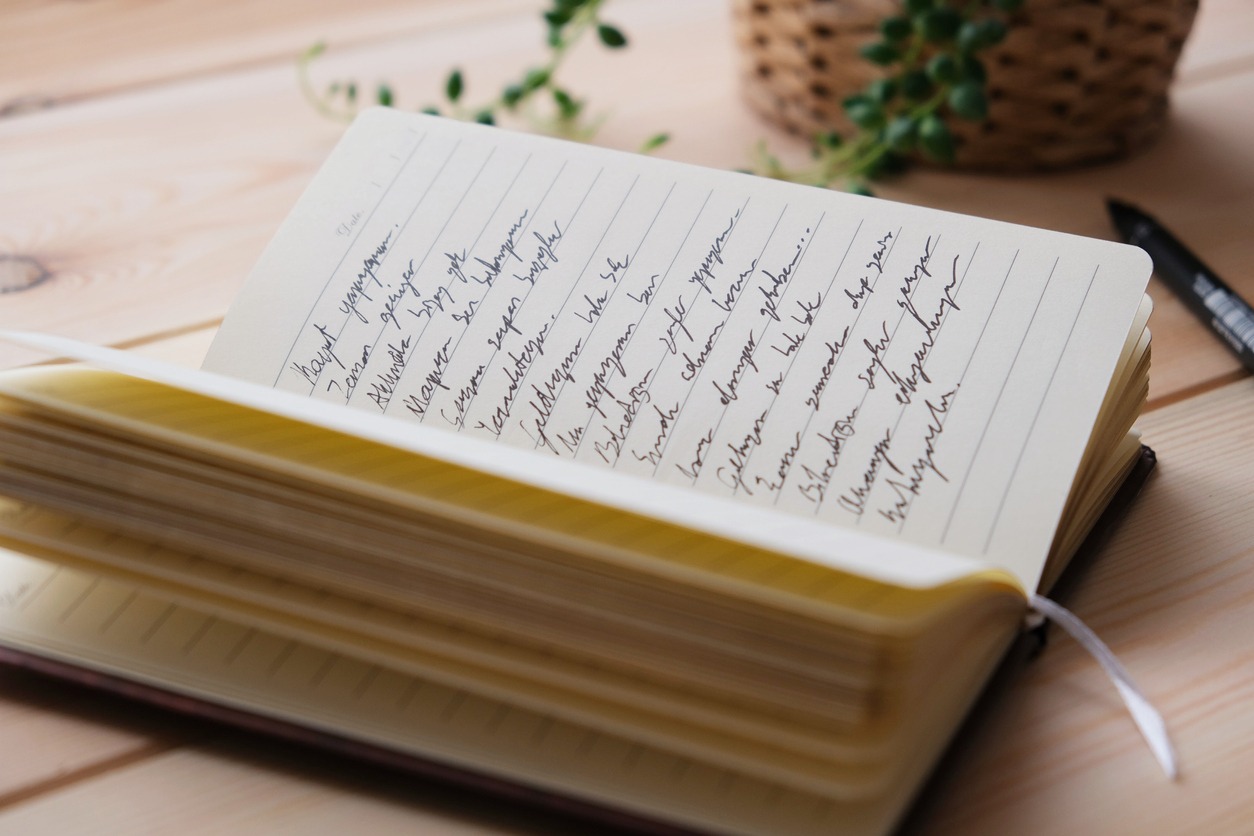Ah, the poetry! What a fantastic way of living literature, when the substantial beauty of some verses where the image and the feeling come together perfectly. Poetry is in fact older than prose itself, that is, that those pages of modern books where lines and lines give shape to a narrative. It is known that it was thanks to the verses of the oral tradition that survived until our time, events as spectacular in the history of humanity as The Iliad or The Odyssey. Homer was one of the great poets of antiquity, as were Dante and Virgil. So, when it comes to talking about this type of literature, there is a lot of fabric to cut and many volumes and volumes to enjoy hours of complete entertainment.
If you would like to get started in this art or are already practicing it but you are open to receiving some good advice, here is a summary of certain tricks that can help you:
Enjoy the Poem
Unlike prose, poetry does not have the full right to overreach its content. In prose we can navigate lines and lines to explain our idea, but in the poem a feeling, an idea and an image converge substantially. Before sitting down to write, let your being soften with what you have in mind and taste the various feelings and emotions you want to transmit: You will see that when you start writing everything will flow and will not be perceived as forced!
Structure
Previously, poetry was something much more “psycho-rigid” than it is today, although not less beautiful for that reason. The poets of other times were very mathematicians and they had to analyze each word so that it coincided with an exact metric, also playing so that the words rhymed. That job was comparable to what a sound engineer does today when editing a song so that everything matches perfectly.
Today, however, poetry is much freer, although the length of each verse is still respected, which generally does not exceed twelve words. Before writing, think about the aesthetics of your poem and imagine exactly how you want to see it printed on the page.
The Melody
What has always been sought with the rhyme is to give melody and flavor to the lines. Yes, the easiest option is to choose words that end with the same loudness, but this is no longer necessary in modern poetry: Write thinking as if you were creating a song, where each word can be a note of a guitar or the beat of a drumstick on a drum. Punctuation as well grammar also plays a very important role in writing poem and in this situation, we offer Grammarly premium free trial to check out grammar of your poem.
Language
Very much in line with the previous topic, it is important that you be practical with the language. Novice poets tend to use words that try to send the reader looking for a dictionary, as if it were simply to impress or use strange language. Another mistake is also believing that poetry is necessarily a candy fauna, so if you try it with a style like the baroque, believe me that the reader will soon perceive it and will be annoyed.
Simplicity
That is why poetry seeks to be simple, simple, with verses that are clear to perceive by thought and a structure and format of a poem that is easy to read. If you embark on an overly complex literary quest, the reader will not resist the temptation to abandon your poems and simply will not capture your full attention.
Image
One of the fundamental pillars through which poetry is sustained is in the freshness and intensity of the image. Practically a good poem is like an art gallery where the perception and simplicity of each of the images described is conquering the reader’s attention and adds it to a unique, transparent and lucid universe of feelings.
To Arrive to the Heart
With all this, the purpose of every good poet is to touch the heart not only of the future reader, but of himself. Poetry as an experience is a liberating journey, both for those who write it and for those who read it: it is a moment of silence in the history of eternity to seek relief from the mysteries of life, love, death and the passion of the blood.
